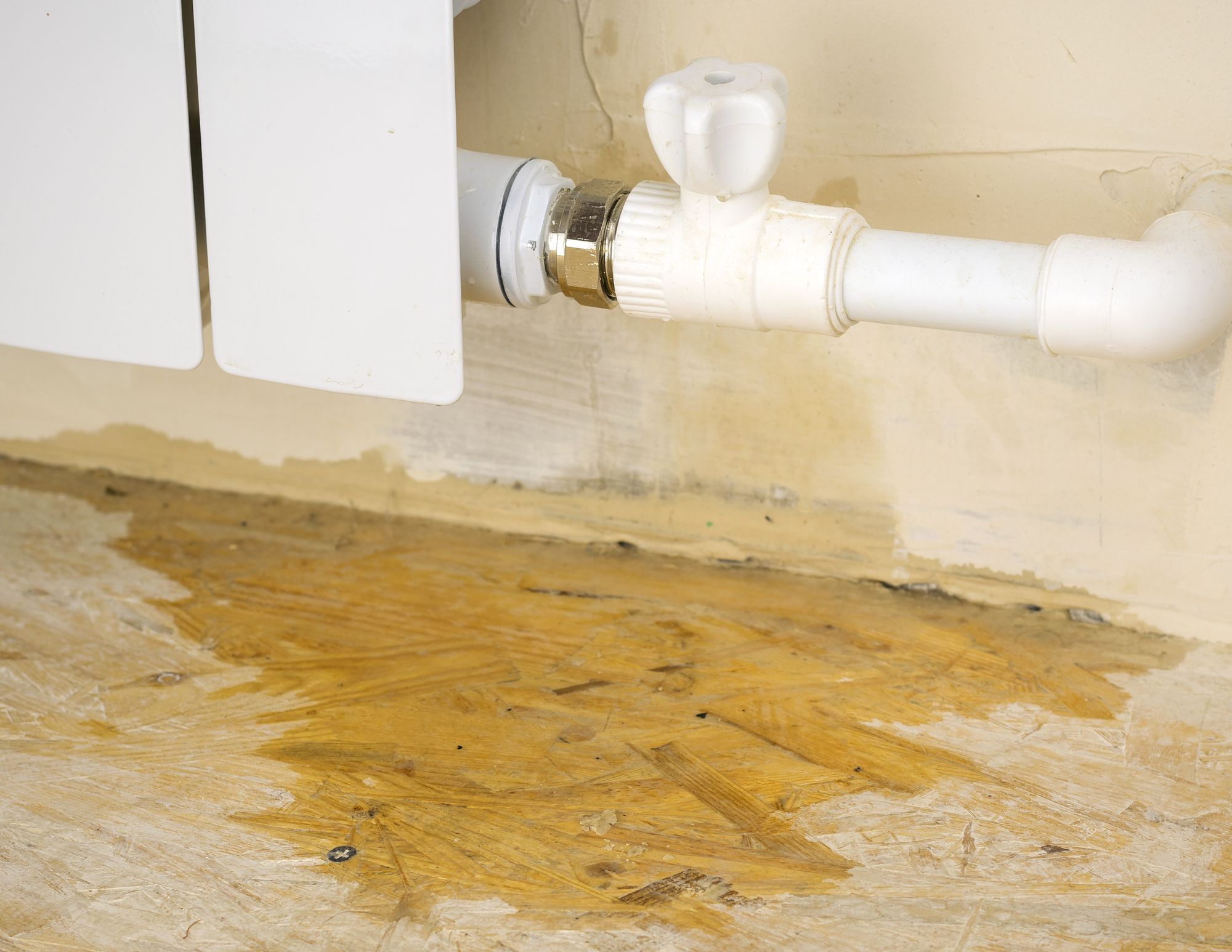In this article in the next paragraph you can locate a good deal of great facts around How Fast Water Damage Can Ruin Your Home.

Leaks not only create waste of water yet can likewise create unnecessary damage to your home and also promote unwanted organic development. Water leakages could go undetected since many of the pipework in our home is hidden. By looking and also comprehending for day-to-day situations that trigger leaks, you can safeguard your home from future leaks and unnecessary damage. Today, we will certainly look at 6 leak triggers that may be creating your pipelines to leak.
Encroaching origins
Many water leakages begin outside your house instead of inside it. If you see a sudden reduction in water pressure, claim in your tap, take time to go out and also analyze your lawn. You might see damp patches or sinkholes in your lawn, which could imply that tree roots are getting into water lines creating water to seep out. You can have your plumber look for intrusion, particularly if you have trees or shrubs near your building.
Corroded water supply
As time goes by, your plumbing system ages and also deterioration such as rust might begin eating away the pipes. This could be the root cause of discoloration or warping on your water pipes. This requires an inspection with your plumber immediately. Consider replacing the pipes since they are at a greater risk of rust than the more recent designs if our plumbing system is old.
Faulty Pipeline Joints
The factor at which your pipes connect is often the weakest web link in the waterline. Pipeline joints can weaken over time, causing water leaks. The bulk of pipeline joints are not easily noticeable. If you have noisy pipes that make ticking or banging sounds, particularly when the warm water is turned on, your pipeline joints are probably under a great deal of pressure. It is a good idea to have your plumber evaluate your system once a year.
Instantaneous temperature adjustments.
Extreme temperature changes in our pipelines can create them to broaden and contract all of a sudden. This growth and contraction may create splits in the pipes, particularly if the temperature level are below freezing. If you maintained an eye on just how your plumbing works, it would certainly be best. The presence of the formerly discussed scenarios regularly suggests a high risk.
Poor Water Connectors
At times, a leakage can be caused by loose tubes as well as pipelines that supply your appliances. In situation of a water connections leakage, you may see water running straight from the supply line or puddles around your appliances.
Obstructed Drains
Clogged drains pipes may be bothersome and also inconveniencing, but they can occasionally wind up creating an overflow causing burst pipes. Maintain getting rid of any materials that might go down your drains pipes that could clog them to avoid such aggravations.
All the above are sources of leaks but not all water leaks result from plumbing leakages; some leakages may come from roof leaks. All leaks need to be fixed quickly to avoid water damage.
Leaks not only create waste of water however can also create unneeded damage to your residence as well as promote undesirable organic growth. By recognizing and looking for day-to-day circumstances that create leaks, you can protect your residence from future leaks as well as unnecessary damages. Today, we will certainly look at six leakage creates that may be triggering your pipelines to trickle.
At times, a leak can be triggered by loosened tubes as well as pipelines that provide your appliances. In case of a water connections leakage, you might see water running straight from the supply line or puddles around your devices.
How To Check For Water Leak In Your Home
How To Check for Leaks
The average household's leaks can account for nearly 10,000 gallons of water wasted every year and ten percent of homes have leaks that waste 90 gallons or more per day. Common types of leaks found in the home are worn toilet flappers, dripping faucets, and other leaking valves. These types of leaks are often easy to fix, requiring only a few tools and hardware that can pay for themselves in water savings. Fixing easily corrected household water leaks can save homeowners about 10 percent on their water bills.
To check for leaks in your home, you first need to determine whether you're wasting water and then identify the source of the leak. Here are some tips for finding leaks:
Take a look at your water usage during a colder month, such as January or February. If a family of four exceeds 12,000 gallons per month, there are serious leaks.
Check your water meter before and after a two-hour period when no water is being used. If the meter changes at all, you probably have a leak.
Identify toilet leaks by placing a drop of food coloring in the toilet tank. If any color shows up in the bowl after 10 minutes, you have a leak. (Be sure to flush immediately after the experiment to avoid staining the tank.)
Examine faucet gaskets and pipe fittings for any water on the outside of the pipe to check for surface leaks.
Undetected water leaks can happen without the home or business owner even realizing. If you suspect a water leak, but not able to find the source. It is time to contact a professional water leak detection service, The Leak Doctor.
How To Find a Water Leak In Your Home
https://www.leakdoctor.com/blog/How-To-Check-For-Water-Leak-In-Your-Home_AE197.html

Do you like reading up on How to detect water leaks in your home? Place a review below. We will be delighted to see your ideas about this article. In hopes that you come back again in the near future. Loved our post? Please share it. Let somebody else locate it. Many thanks for your time. Come back soon.
Expert solution? Dial.